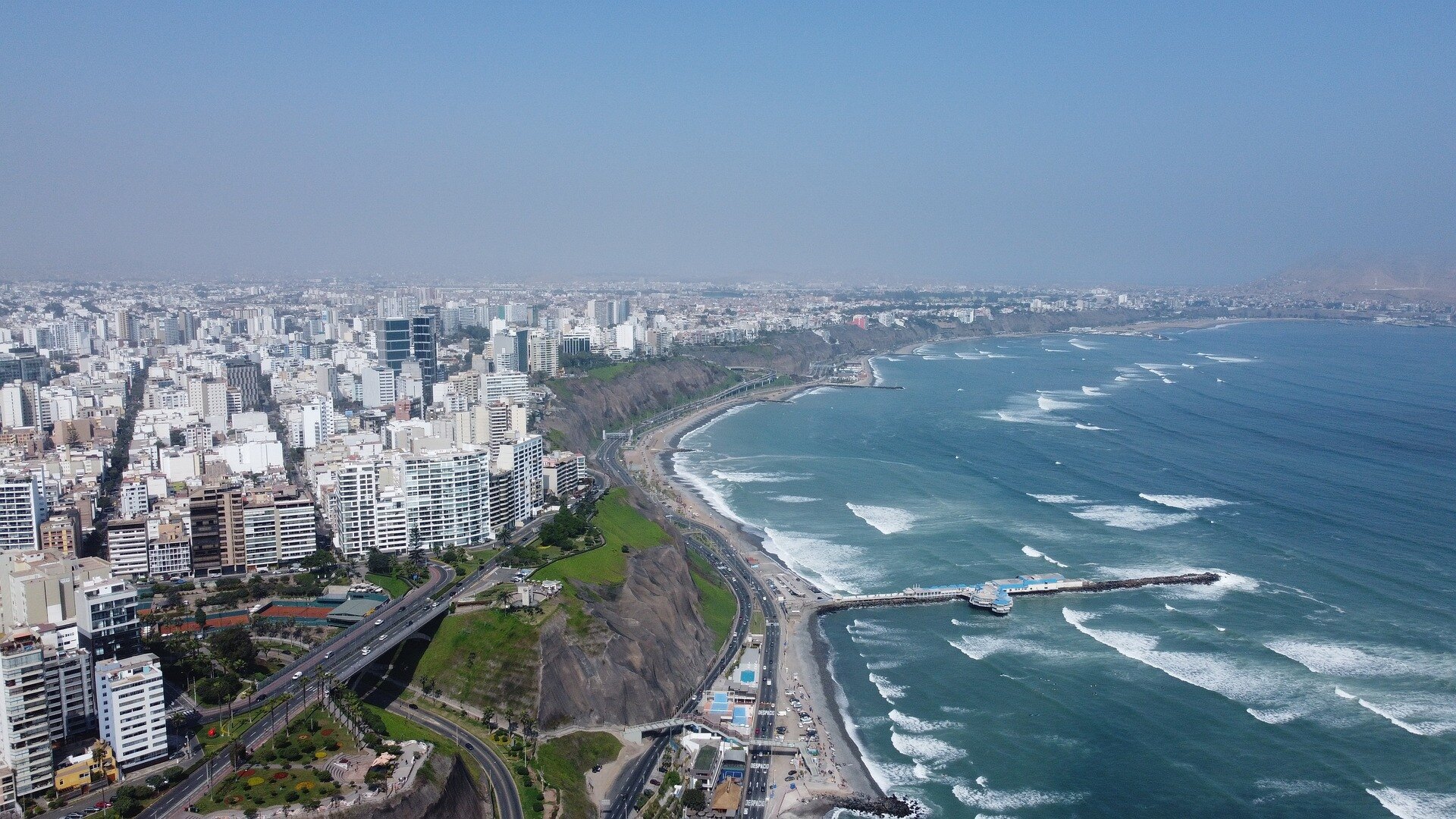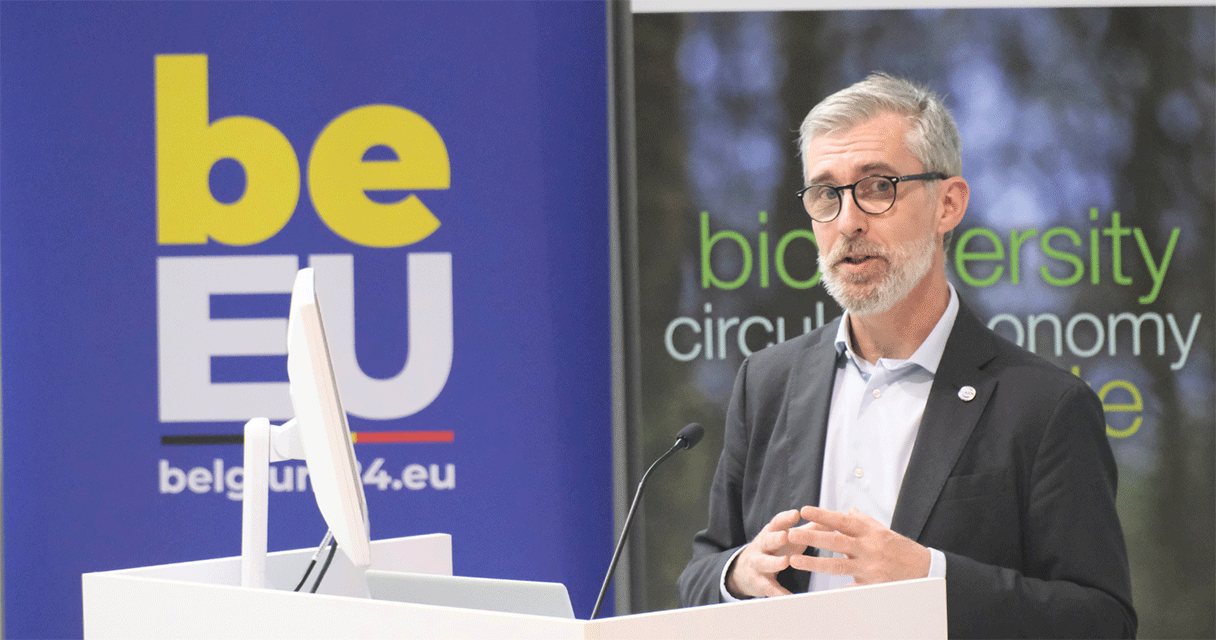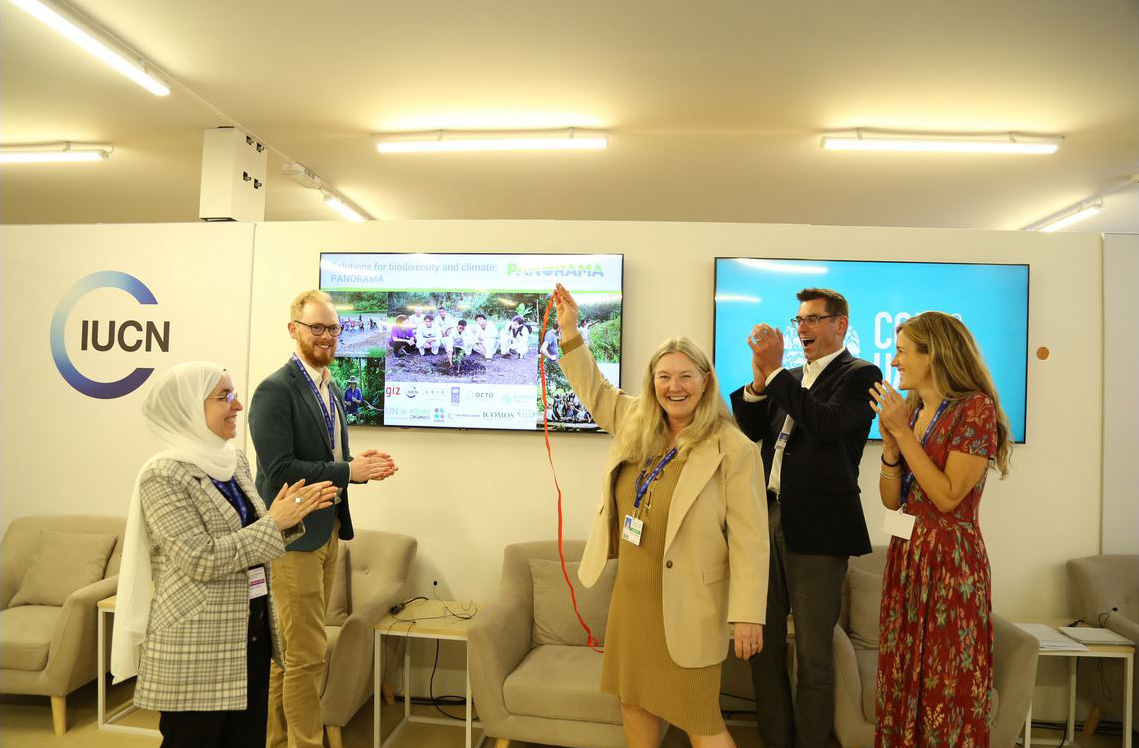With new GEF funding, IUCN to help cities in two Latin American countries become more sustainable
IUCN will receive almost USD 18 million from the Global Environment Facility (GEF) to implement projects aimed at making fast-growing cities in Peru and Guatemala more sustainable, climate resilient, and carbon neutral.

Lima is home to one-third of Peru's population. The growth of Peru’s cities, the unsustainable use of natural resources and the degradation of Peru’s ecosystems have contributed to an increase in the vulnerability of its cities to natural disasters and shocks.
The funding was included in a work program worth more than USD 736 million that was approved this week by the GEF Council, the agency’s governing body, during meetings in Washington, DC. The projects in Peru and Guatemala are part of GEF’s Sustainable Cities Integrated Program (SCIP), which was initially launched a decade ago and has supported close to two-dozen cities in nine countries. At this week's meetings, USD 151 million was approved for different initiatives under SCIP.
“Cities are home to more than half of humanity, and the world’s urban populations are continuing to increase. As these expanding societies feed themselves and develop, their impact on the environment will similarly intensify. It’s critical to improve urban planning and management so that ever-growing cities can become nature positive, climate resilient, carbon neutral, and healthier for their residents. IUCN is perfectly placed to help drive this work forward, and we are grateful to the GEF Council for the continued confidence it places in us,” said Dr Grethel Aguilar, IUCN Director General.
As part of the USD 13.3 million project in Peru, IUCN will work with the Inter-American Development Bank (IDB); the Ministry of the Environment, an IUCN Member; and the provincial municipalities of the three selected cities: Lima, Huancayo, and Ica. Those cities account for one-third of Peru’s population, and their rapid growth and unsustainable use of resources has left them vulnerable to natural disasters and challenges like the limited availability of fresh water. IUCN will assist in strengthening nature-positive and climate-resilient urban development and promoting circular and sustainable economic growth.
For the USD 4.4 million project in Guatemala – where 54% of the population resides in cities, with that number quickly rising – IUCN will partner with the country’s Ministry of Environment and Natural Resources of Guatemala, an IUCN Member, and the Vice Ministry of Housing and Urban Development. The projects in Guatemala City and Huehuetenango will focus on integrated and inclusive urban planning; mobilising investments in the construction of mixed-used developments and transportation infrastructure like bus rapid transit; and supporting knowledge sharing and awareness on sustainable urban approaches such as nature-based solutions.
“Central America faces significant challenges such as social exclusion, vulnerability to natural disasters, and limited economic opportunities, all of which are increasingly concentrated in fast-growing urban areas. These challenges can be addressed by adopting an integrated approach that encompasses smart urban planning, sustainable mobility, energy efficiency, circular economy, climate change adaptation, biodiversity conservation, and citizen participation”, said Úrsula Parrilla, IUCN Regional Director for México, Central America and the Caribbean. “We eagerly anticipate collaborating with the GEF in our shared mission to transform Latin American cities into catalytic actors for change towards a more equitable and resilient future, in harmony with the natural environment”.
“IUCN is ready and able to successfully implement these vital projects. With 1,400 members and 16,000 experts across seven Commissions, we possess a wealth of connections and knowledge to assist countries and communities in conserving nature. In this case, ensuring that the Peruvian cities of Lima, Huancayo, and Ica become healthier and more liveable places for their populations. Peru, an IUCN Member country, maintains a broad portfolio of projects with IUCN, and we are confident that this will be another successful example of joint work”, said Gabriel Quijandría, IUCN Regional Director for South America. “We particularly appreciate our ongoing partnership with GEF, one of the world’s most critical sources of funding for projects that aim to protect the environment and help countries fulfil their goals under international agreements such as the Convention on Biological Diversity and United Nations Framework Convention on Climate Change.”
Since becoming an accredited GEF Implementing Agency in 2014 – there are only 18 such agencies –IUCN’s portfolio has grown to 61 GEF projects worth USD 322.6 million. These projects are implemented in countries and regions across the world, and cover themes including biodiversity conservation, sustainable forest and land management, international waters, climate adaptation, and conservation led by Indigenous peoples and local communities. Some of the critical projects IUCN has been chosen to implement include:
-
The Restoration Initiative (TRI) unites 10 countries and three GEF agencies – IUCN, the Food and Agriculture Organization, and the United Nations Environment Programme – along with governments and strategic partners to overcome existing barriers to restoration and to restore degraded landscapes in support of the Bonn Challenge, which seeks to bring 350 million hectares of deforested and degraded landscapes into restoration by 2030.
-
The Mano River Union Ecosystem Conservation and International Water Resources Management Project bridges GEF focal areas, combining allocations from the GEF International Waters, Biodiversity and Land Degradation resources and working across the four Mano River Union states of West Africa: Sierra-Leone, Guinea, Liberia, and Côte d’Ivoire. Through governance reforms, transboundary river basin planning and cooperation, capacity building, awareness raising, demonstration of best practices in forest landscape restoration (FLR), and learning and knowledge exchange, it has improved the management of transboundary natural resources for sustained ecological benefits and livelihoods in forest adjacent communities.
-
The Inclusive Conservation Initiative (ICI) is designed to enhance Indigenous Peoples’ (IP) and Local Communities’ (LC) efforts to steward lands, waters, and natural resources. While other initiatives exist to assist IPs and LCs, they tend to be small and of limited scope. The ICI aims to help IPs and LCs deliver global environmental benefits by supporting IP and LC leadership and institutions, enhancing IP and LC ability to engage in relevant policy arenas, and building capacity to access the additional volume of resources required for larger-scale biodiversity conservation and natural resource management.



